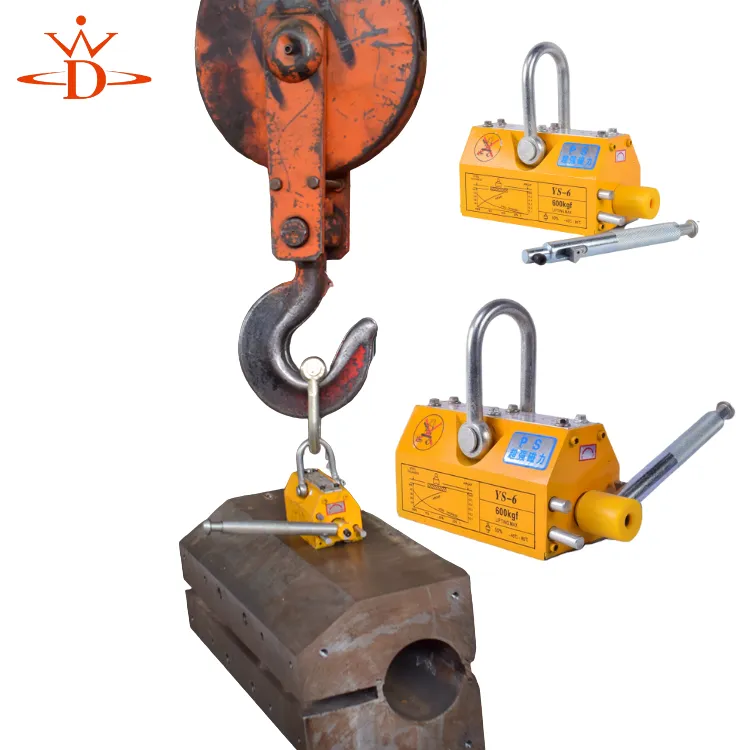Double Girder Gantry Crane for Heavy Duty Lifting Applications and Enhanced Stability
Double Girder Gantry Crane A Comprehensive Overview
In the world of industrial equipment, the double girder gantry crane stands out for its versatility, robustness, and functional design. These cranes are indispensable in numerous sectors, including construction, shipping, manufacturing, and logistics. Understanding the features, applications, advantages, and operational considerations of double girder gantry cranes can provide valuable insights into their significance in modern industry.
What is a Double Girder Gantry Crane?
A double girder gantry crane is designed with two horizontal girders atop vertical supports, forming a bridge-like structure. This design allows the crane to straddle the load and move along a set of rails laid on either side of the workspace. The lifting mechanism is typically mounted on the girders, enabling it to move horizontally along the length of the crane, as well as vertically to lift and lower loads.
Key Features
1. High Load Capacity Double girder gantry cranes are capable of lifting heavy loads, often exceeding several tons. This makes them suitable for handling large and cumbersome materials in factories, shipping yards, and construction sites.
2. Stability and Durability The two-girder configuration provides enhanced stability compared to single girder cranes. This design minimizes sway and enhances safety while lifting heavy items.
3. Customizable Design Double girder gantry cranes can be custom-built to meet specific height, span, and lifting capacity requirements. This flexibility allows industries to optimize their operations based on their unique requirements.
4. Versatility These cranes can be equipped with various hoisting mechanisms, such as electric hoists, hydraulic lifts, or winches, making them suitable for diverse applications.
5. Mobility Many double girder gantry cranes are designed to be mobile, allowing them to move between different work areas. This feature is particularly useful in large warehouses or construction sites where loads need to be shifted regularly.
Applications
double girder gantry crane

Double girder gantry cranes find their application across various industries. In construction, they are instrumental in lifting heavy materials and equipment. In manufacturing plants, these cranes streamline assembly processes and material handling. Shipping ports utilize them for loading and unloading cargo containers, while rail yards employ them for moving heavy rail equipment. Their adaptability also makes them suitable for manufacturing industries, such as steel, automotive, and aerospace.
Advantages
1. Increased Efficiency The ability to lift and move heavy loads seamlessly enhances workflow and reduces downtime in industrial operations.
2. Enhanced Safety The stability and robustness of the double girder design contribute to safer lifting operations, minimizing the risk of accidents and injuries related to crane use.
3. Cost-Effective Although the initial investment may be higher compared to other crane types, the long-term efficiency and durability of double girder gantry cranes often lead to reduced operational and maintenance costs.
4. Improved Space Utilization With their ability to operate in tight spaces and over designated areas, these cranes maximize the use of available working space without the need for elaborate infrastructures, such as overhead tracks.
Operational Considerations
While double girder gantry cranes offer numerous benefits, several operational considerations must be addressed to ensure safety and efficiency. Operators must be adequately trained to handle heavy loads, and regular maintenance checks are essential to prevent mechanical failures. Moreover, awareness of load limits, proper rigging techniques, and adherence to safety protocols must always be prioritized.
Conclusion
The double girder gantry crane is a vital asset in various industrial applications, combining strength, flexibility, and efficiency. Its robust design and capacity for heavy lifting make it an ideal choice for businesses looking to enhance their material handling capabilities. As industries evolve, the demand for such cranes will likely increase, underscoring their critical role in the growth and efficiency of modern operations.
-
Unlock Seamless Relocation with Our Heavy Equipment Moving ExpertiseNewsJun.06,2025
-
Unleash Unrivaled Flexibility with Our Adjustable Gantry CraneNewsJun.06,2025
-
Unleash Heavy-Duty Efficiency with Our Industrial Gantry Crane SolutionsNewsJun.06,2025
-
Revolutionize Steel Handling with Our Magnetic Lifter RangeNewsJun.06,2025
-
Master Equipment Mobility with Premium Machinery Mover SolutionsNewsJun.06,2025
-
Elevate Your Material Handling with Magnetic Lifter TechnologyNewsJun.06,2025
-
YS Permanent Lifting Magnets: The Smarter Way to Handle SteelNewsMay.22,2025
